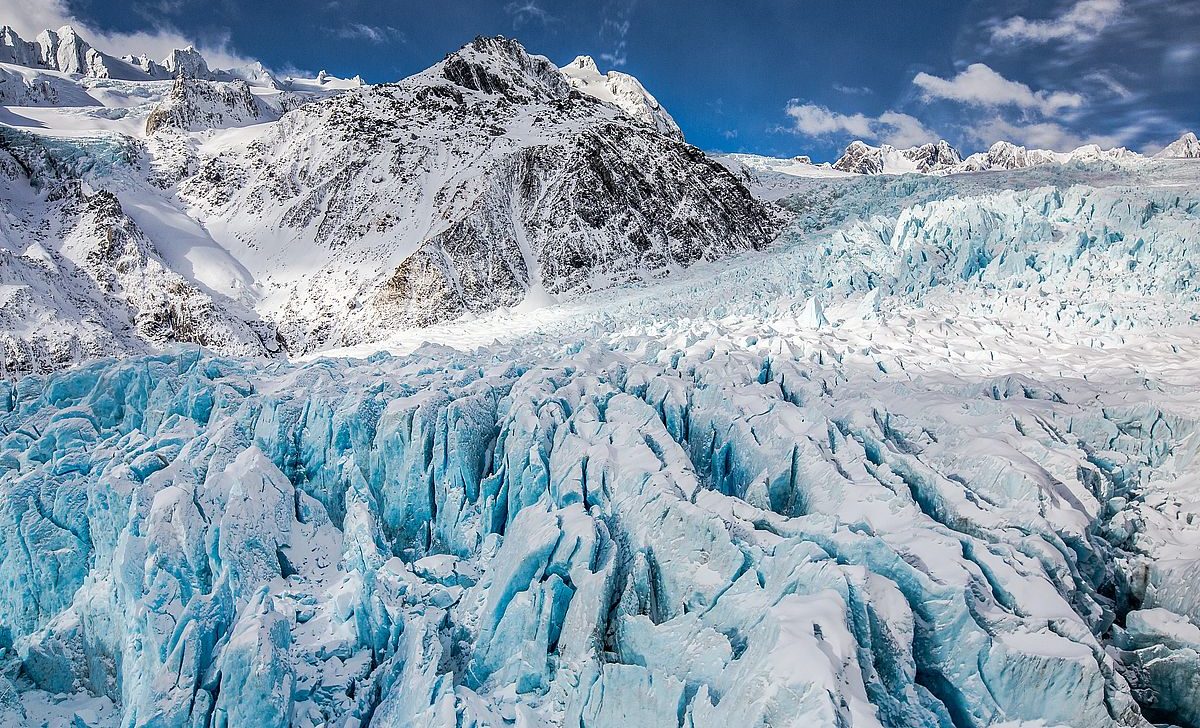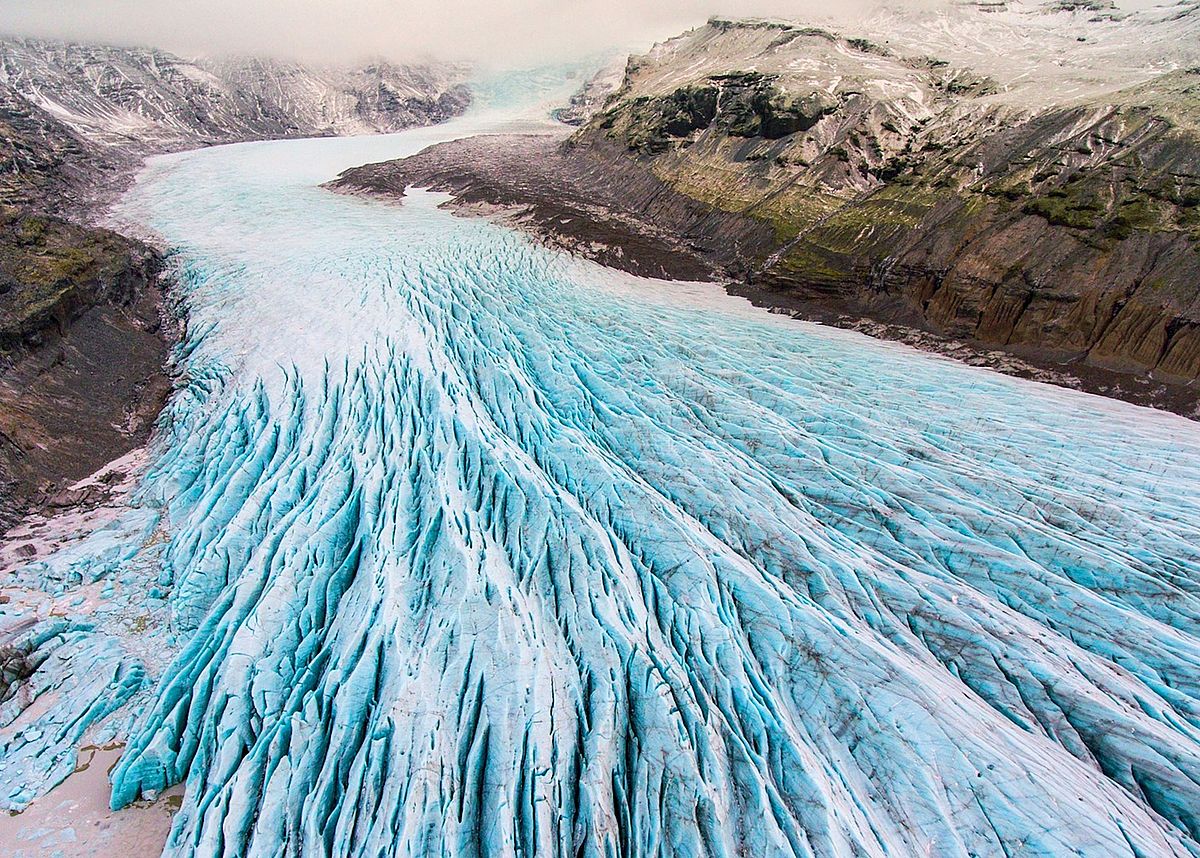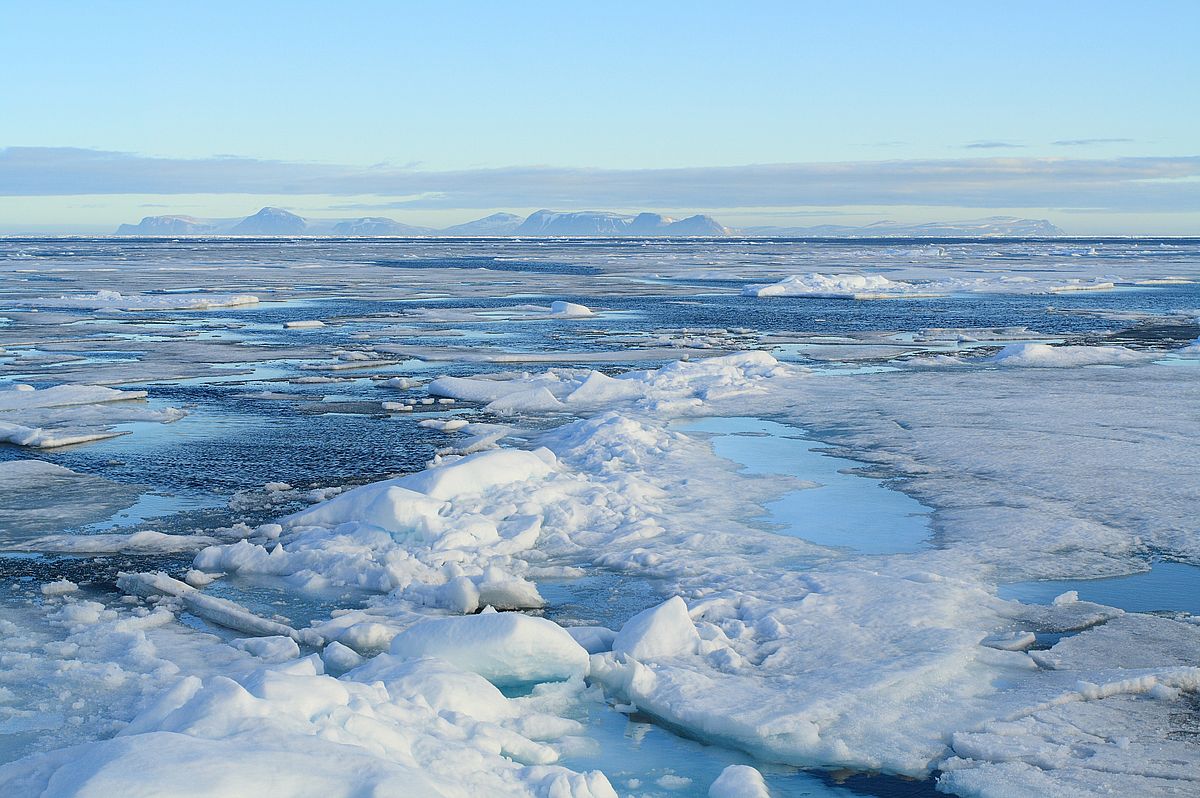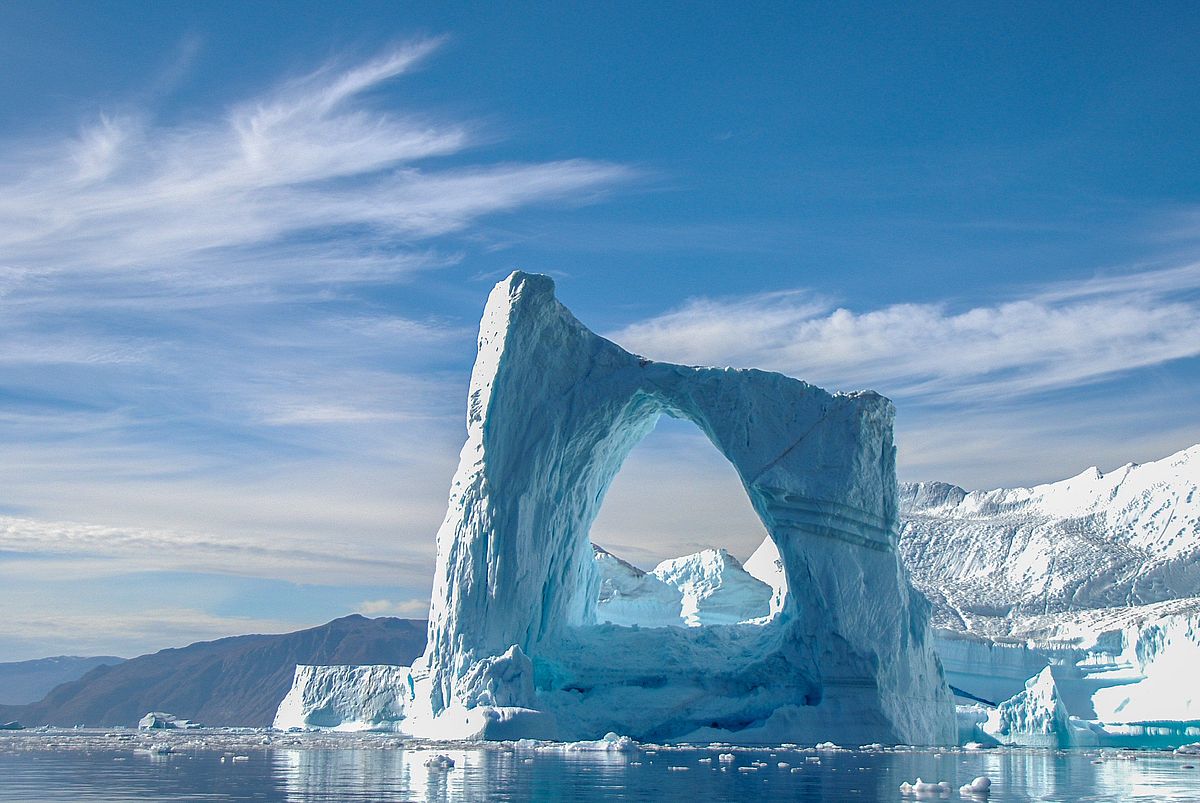#ARCTIC. #SIBERIA. THIS IS TAIMYR. It is possible that the new study by scientists from the University of Arizona solves two problems of paleoclimatology at once: where did the ice sheets that extended over vast expanses in the ice age 100 000 years ago come from, and how could they appear so quickly. The discovery may also apply to other ice ages throughout Earth’s history.
About 100 thousand years ago, when mammoths roamed the Earth, a significant cooling occurred in the Northern Hemisphere, which led to the ice cover formation over a very large area of the planet. In about ten thousand years, mountain glaciers have grown and spread to most of the territories of modern Canada, Siberia and Northern Europe, according to Phys.org.
Although it is generally believed that the Earth’s orbit periodic oscillation is to blame, scientists cannot explain the extent of the ice sheet that covered Scandinavia and northern Europe, where the climate was milder. Unlike the cold Canadian Arctic Archipelago, where ice forms easily, Scandinavia must have remained largely ice-free thanks to the North Atlantic Current, which carries warm waters to the shores of northwestern Europe.
Although the two regions are located at the same latitudes, summer temperatures in the Scandinavian Arctic remain below freezing in summer. Because of this difference, climate models are unable to correctly describe the glaciers that grew in Northern Europe and marked the beginning of the Ice Age.
“The problem is we don’t know where these ice sheets came from (in Scandinavia), what caused them to spread in such a short time”, said research team leader Markus Lofverström.
To solve the problem, scientists have developed an extremely complex Earth model, which makes it possible to realistically reconstruct the conditions for the most recent ice age beginning. They included not only Greenland, but most of the Northern Hemisphere. The model made it possible to see the importance of oceanic locks in the Canadian Arctic Archipelago, which determined whether ice would form in Scandinavia or not.
Simulations have shown that as long as ocean locks remain open, changes in the Earth’s orbital configuration result in ice formation in Northern Canada and Siberia, but not in Scandinavia.
But if sea ice sheets obstruct waterways in the Canadian Arctic Archipelago, the relatively fresh water from the Arctic and North Pacific that normally flows through the archipelago is diverted to the east of Greenland. This leads to a desalination and weakening of the North Atlantic Deep Current, the spread of ice and lower temperatures in Scandinavia.
Experiments show that the sea ice formation in northern Canada can be considered a necessary condition for glaciation in Scandinavia.
Taking samples from the ocean floor in the Bering sea, British scientists at the University of Exeter uncovered a few years ago the last global climate change mechanism, which occurred about a million years ago.
Previously, in the most ancient glacier, a Luxembourg size polynya was found. Now the northern glaciers are melting at a record rate. Scientists also found that people came to the Arctic 40 thousand years ago.
Follow us on Telegram, VKontakte.
Text: Ekaterina Maksimova, Photo: istockphoto.com







